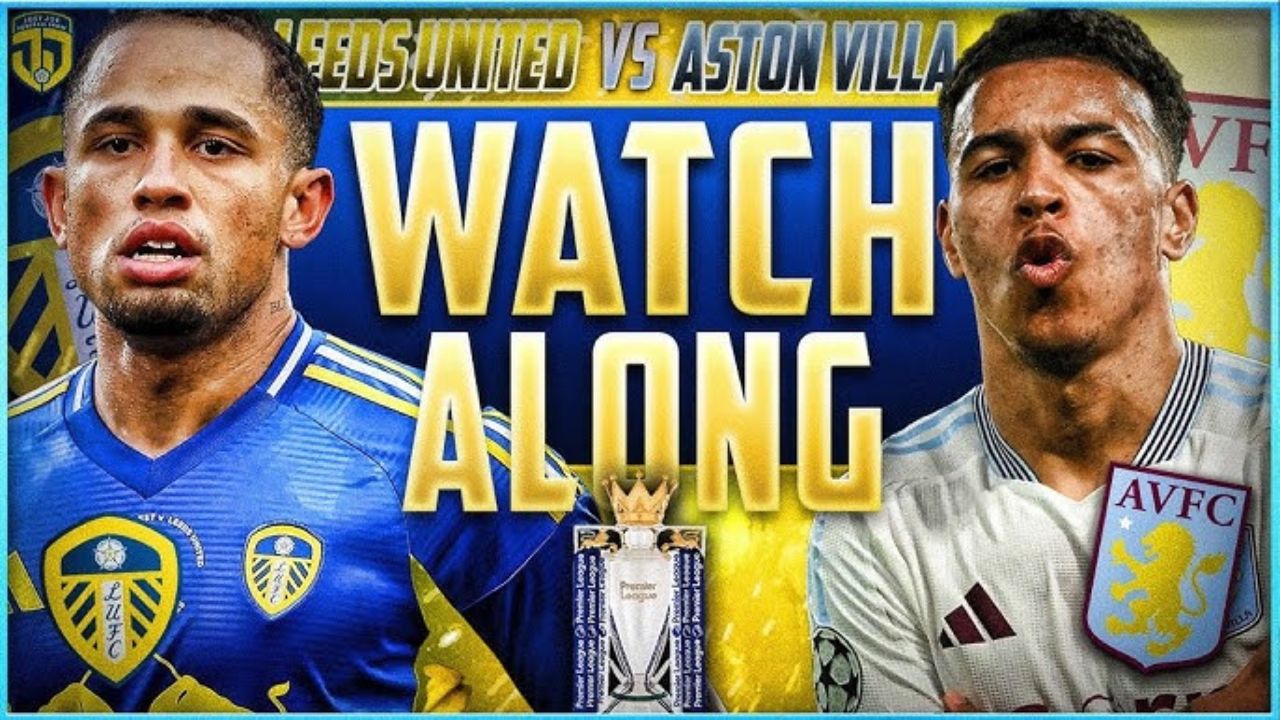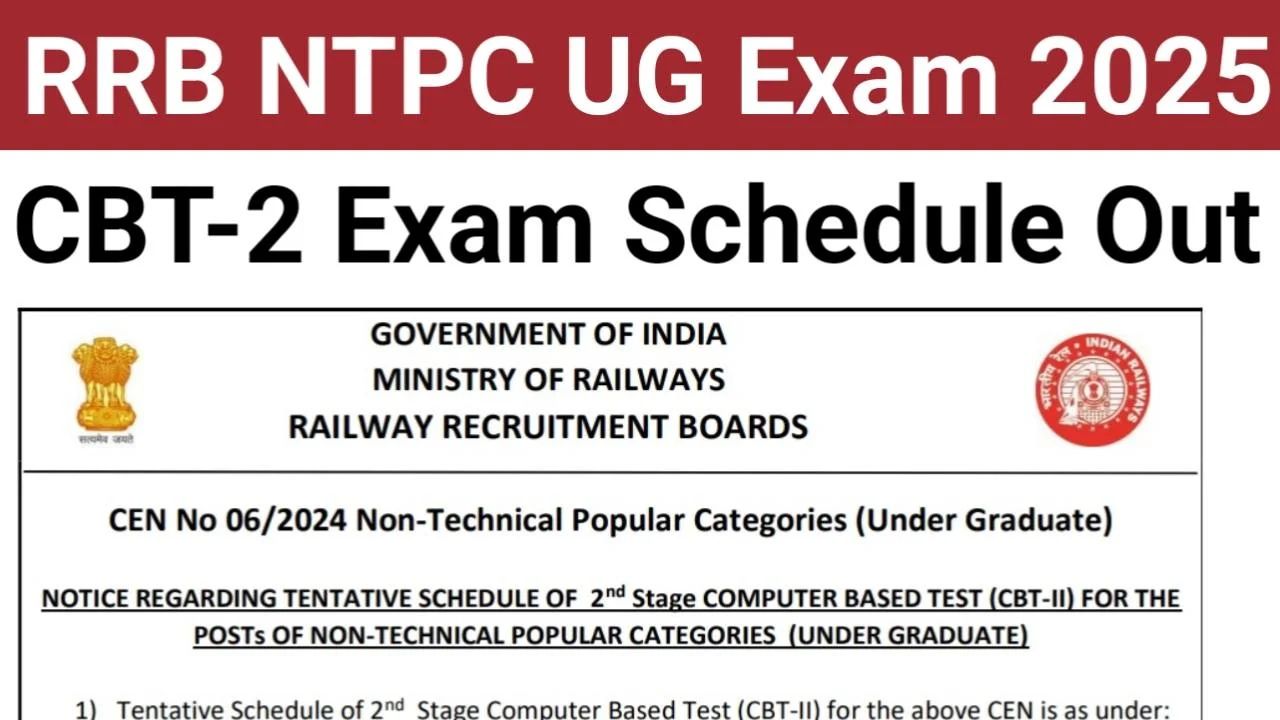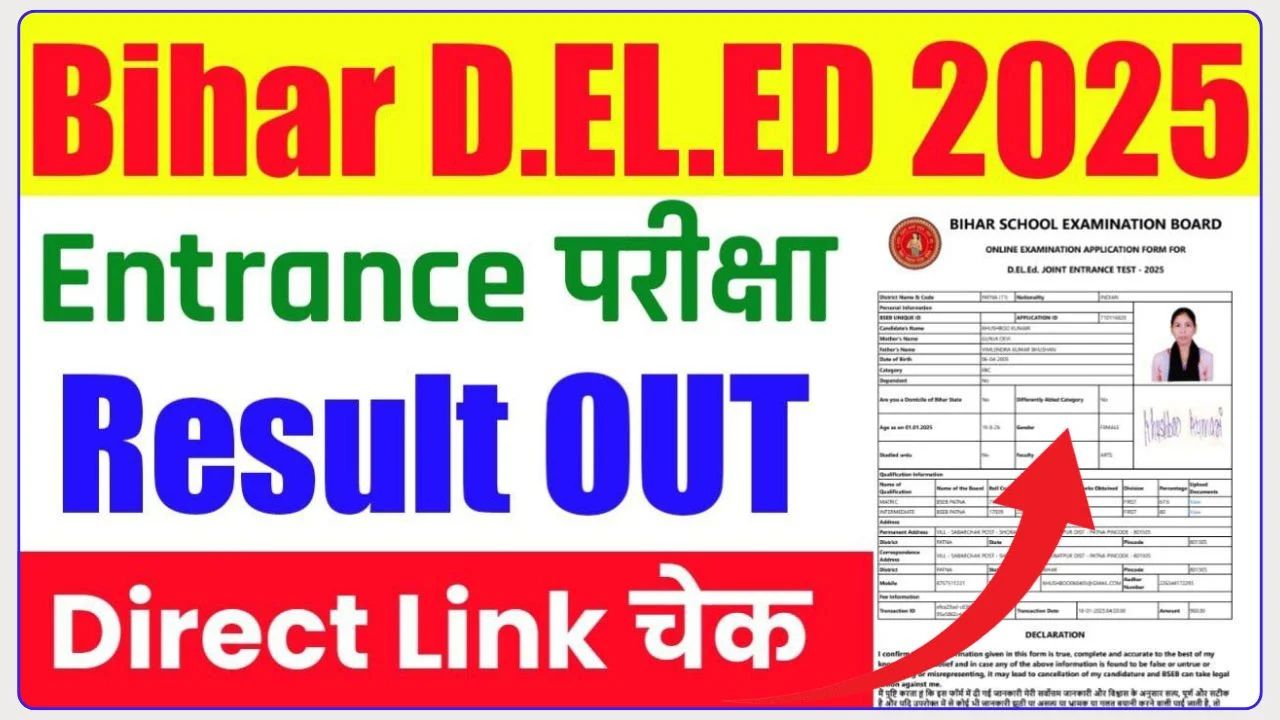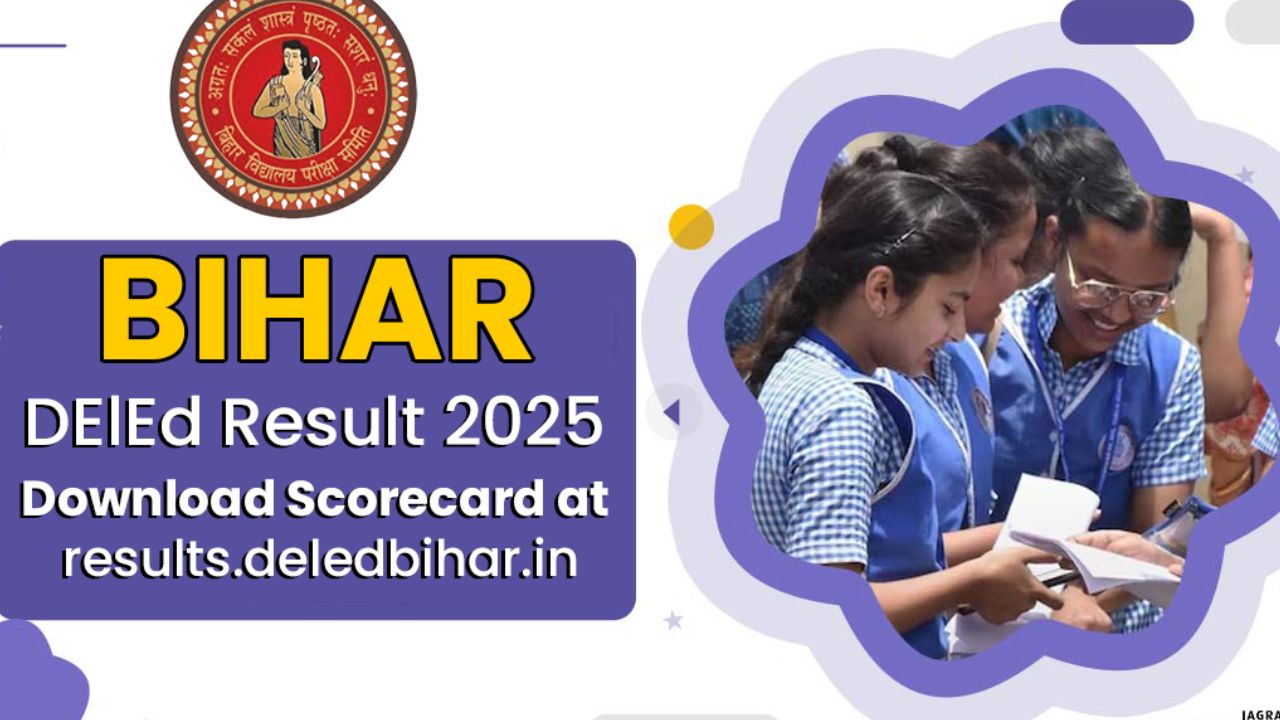Clippers Vs Suns: Booker’s playmaking or Kawhi’s mid range what really swings the fourth? Click to see

Clippers Vs Suns: A Pacific matchup turned into a two‑game study in availability, shot‑profile math, and one explosive quarter flipping control. Phoenix took the opener 115–102 behind Jalen Green’s electric debut and a 40‑point third quarter, then managed late possessions on the road to close out a 114–103 win, while a short‑handed Clippers group leaned on Ivica Zubac, secondary scoring, and interior touches to stay in range. Highlights underlined the decisive swing: fast outlets into paint touches and kick‑out threes, plus Phoenix’s closing groups balancing two creators with three spacers for clean late looks.youtube
Match snapshot
- Game 1: Suns 115, Clippers 102 (Nov 6)
Jalen Green scored 29 in his Suns debut (10‑20 FG, 6‑13 3PT), Devin Booker added 24, and Phoenix ripped a 40–23 third quarter to break it open; Ivica Zubac led LA with 23 and 11 as the short‑handed Clippers (no Kawhi Leonard, no James Harden) ran out of perimeter creation in the second half. - Highlights and flow
Game tape shows Phoenix pushing pace after stops, stacking early paint touches, and spraying to shooters; the third‑quarter clip package captures the avalanche that stretched the lead beyond two possessions and forced LA into longer closeouts.youtube
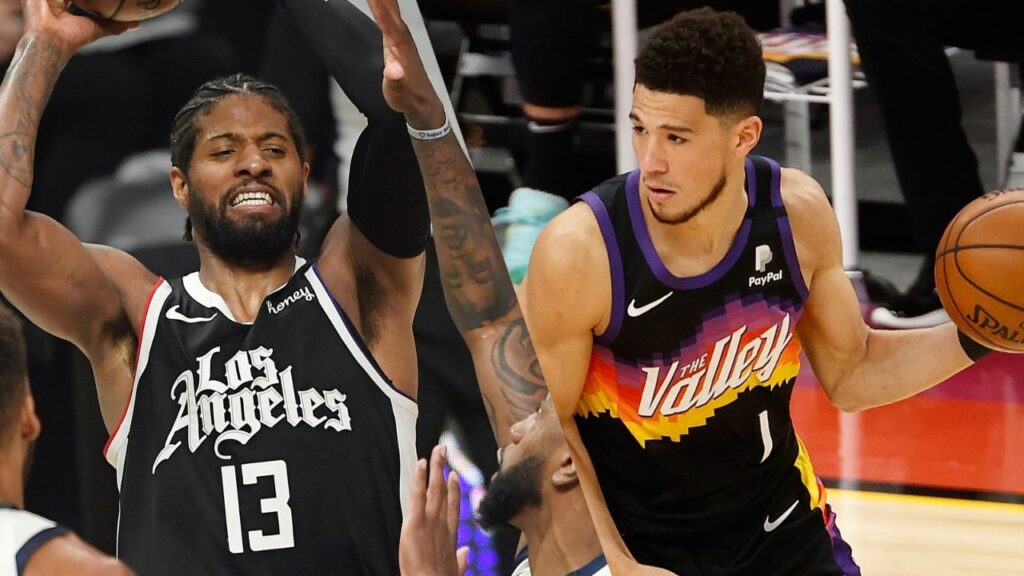
Key moments and momentum swings
- The 40‑point third (Game 1)
Phoenix’s best run came from stops into early actions: Booker‑Green drives creating rim pressure, Royce O’Neale’s timely threes, and Grayson Allen’s spacing punishing tags; LA’s transition defense and live‑ball turnovers compounded the gap. - Phoenix’s late control in Game 2
Though box‑score specifics vary by outlet, post‑game notes point to a composed closing stretch built around two‑man actions and foul avoidance, preventing LA’s late free‑throw and offensive‑rebound surges from narrowing the margin meaningfully.
Lineups, injuries, and rotations
- Clippers absences
Kawhi Leonard (ankle) and James Harden (personal) missed the opener, compressing LA’s shot creation and elevating Zubac, bench wings, and connective passing roles; without elite pull‑up gravity, LA’s offense tilted toward post touches and tougher late‑clock attempts. - Suns’ debut and balance
Green’s return from a hamstring strain scaled Phoenix’s on‑ball options immediately; with Booker steering tempo and shooters like Allen and O’Neale spacing, the Suns kept the lane uncluttered and the help defenders busy. - Rotational emphasis
Phoenix’s closing groups typically featured two creators and three two‑way role players, preserving defensive integrity while keeping three‑point threats on both corners; LA toggled size and switch groups, but depth strain showed mid‑third.
Tactical takeaways
- Coverage choices vs pull‑ups
Phoenix hunted drop and late switches with pull‑ups and drive‑kick sequences; once the third‑quarter shooting variance went Phoenix’s way, LA’s math—trading twos for Phoenix threes—became difficult to sustain. - Interior acceptance, perimeter denial
The Suns accepted Zubac post work while protecting corners and second‑side shooters; that trade limited rhythm triples and kept LA’s comeback paths narrower than usual. - Transition management
The opener hinged on a surge of runouts after strong contests and steals, reflected across the highlight sequences of hit‑ahead passes and early threes before LA could load the paint.youtube
Player roles that moved the needle
- Jalen Green
Debut statement with 29 points and six threes; pull‑up gravity stretched help beyond the nail, letting Booker choose when to switch from scorer to organizer without squeezing the shot clock. - Devin Booker
Controlled pace, found mid‑range pockets, and finished key late possessions; his ability to re‑set actions and hit elbow jumpers stalled LA runs in both games. - Ivica Zubac
Reliable interior fulcrum with 23 and 11 in Game 1; deep seals and second‑chance creation kept LA attached until Phoenix’s perimeter barrage broke the rope. - Role shooters
Grayson Allen and Royce O’Neale punished help with timely threes; O’Neale’s 11 in the third quarter was the audible marker of Phoenix’s swing stretch.
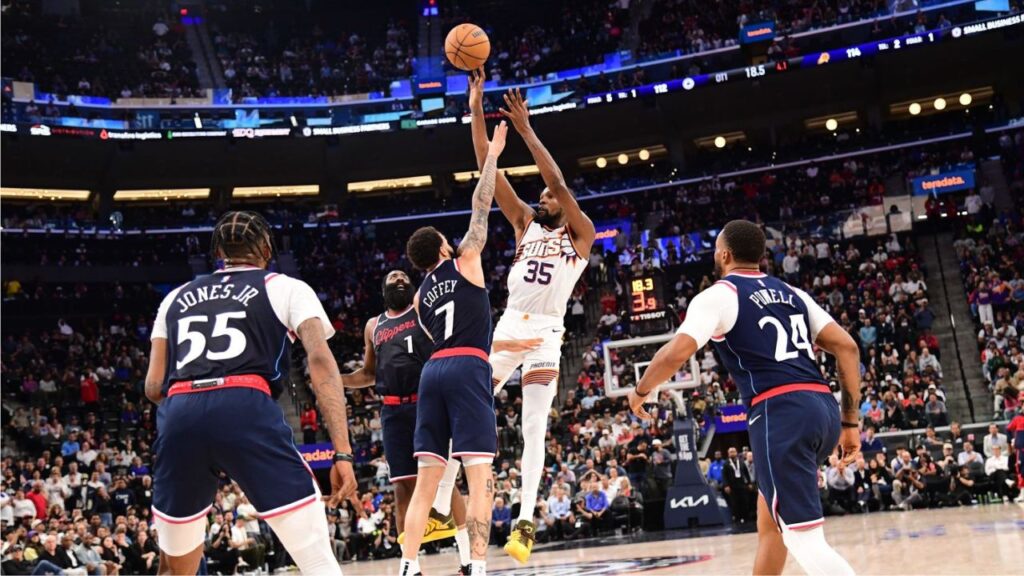
Data cues and what to watch next
- Third‑quarter split
Scoreline: 40–23 in Q3, Phoenix. Shot quality spiked as paint touches preceded catch‑and‑shoot threes and free throws; LA’s turnover rate ticked up, feeding a feedback loop of pace and points. - Shot profile math
LA’s interior scoring versus Phoenix’s three‑point volume and efficiency favored the Suns once variance broke open; absent star pull‑ups, the Clippers’ margin for defensive rebounding error shrank.youtube - Health and availability
Monitor Leonard/Harden status; star returns dramatically change pull‑up gravity, late‑game mismatch hunting, and the defensive resources Phoenix must allocate at the nail and low man.
FAQs
Q1. Who starred in the opener?
Jalen Green led Phoenix with 29 points and six threes in his debut, Devin Booker added 24, and Phoenix’s 40‑point third quarter keyed a 115–102 win; Ivica Zubac had 23 and 11 for LA.
Read Also
Q2. What made the third quarter so decisive?
Stops plus quick outlets created paint touches into kick‑outs, stacking high‑value threes; LA’s transition coverage and live‑ball turnovers amplified the run and forced late, long closeouts.
Q3. How did injuries affect the matchup?
With Kawhi Leonard and James Harden out in Game 1, LA’s perimeter creation dipped, pushing usage to Zubac and role wings; Phoenix leveraged the gap with pull‑ups and spacing.
Q4. Which tactical trade did Phoenix accept on defense?
They conceded select Zubac touches while guarding corners and limiting rhythm threes, a math trade favoring Phoenix given their own perimeter volume and efficiency that night.
Q5. What should fans watch for in the next meeting?
Star availability first; then shot‑profile balance: if LA narrows the three‑point gap and wins the glass, late‑game shot quality can flip. Track closing lineups and foul counts in the final six minutes.

Read Also
Conclusion
Phoenix’s edge came from availability, a third‑quarter avalanche, and late‑game structure: two creators, three spacers, plus disciplined corner defense. If the Clippers’ stars return, expect the pull‑up chess match and mismatch hunting to swing momentum back. Before tip, check injury reports and shot charts to anticipate whether variance leans toward LA or Phoenix.
